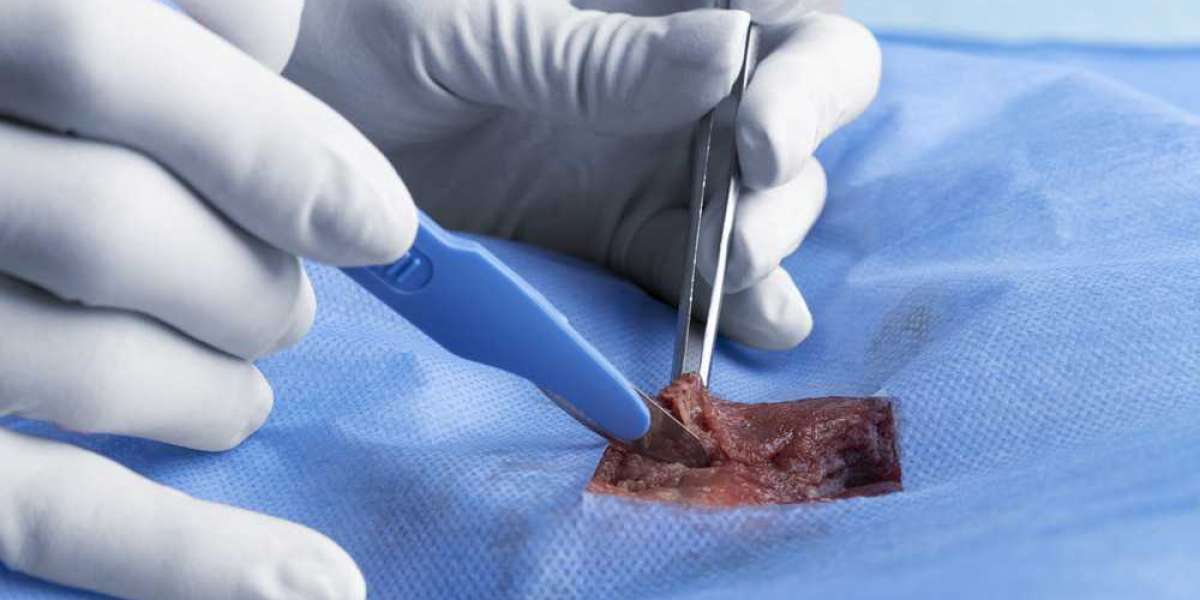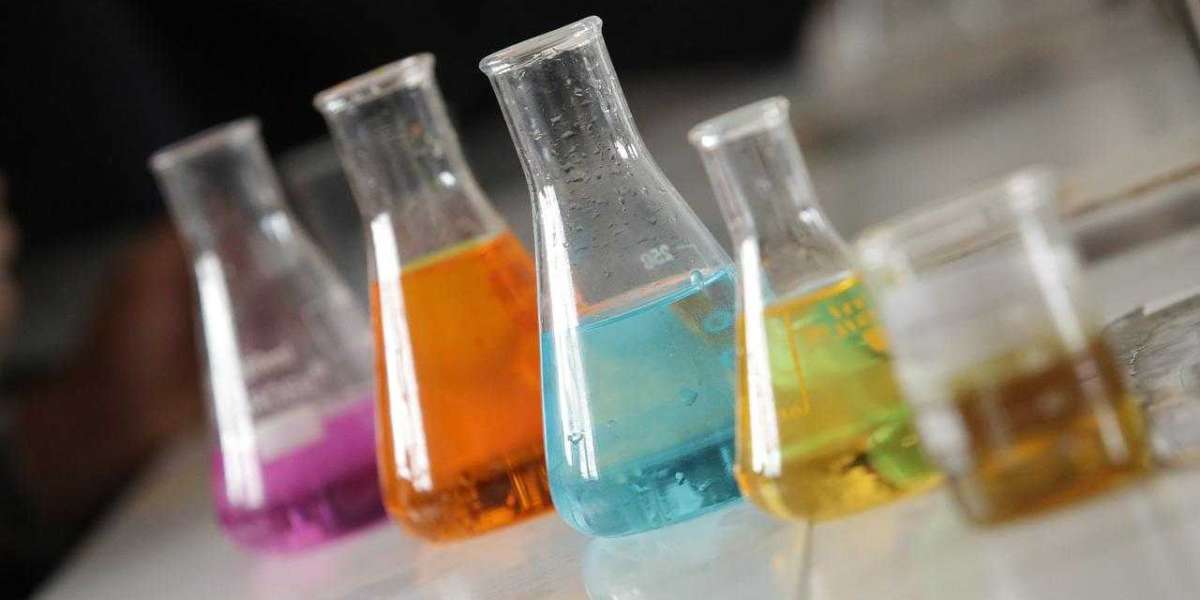Tissue repair is one of the most crucial aspects of modern medicine, especially in the treatment of burns, chronic wounds, and surgical recoveries. In recent years, the use of amniotic membrane allografts has emerged as a groundbreaking solution in regenerative medicine. These natural biological materials, derived from the amniotic membrane of donated placental tissue, are changing the way doctors approach healing and tissue regeneration. In this article, we’ll explore how amniotic membrane allografts are revolutionizing tissue repair and transforming the future of wound care.
What Are Amniotic Membrane Allografts?
Amniotic membrane allografts are a type of biological tissue derived from the amniotic sac of a placenta donated after childbirth. The amniotic membrane contains a wealth of growth factors, proteins, and cells that are known for their regenerative properties. These allografts are carefully processed and sterilized to ensure safety while retaining their natural healing qualities.
Amniotic membrane allografts have long been recognized for their ability to facilitate tissue repair and regeneration, making them an invaluable tool in treating various types of wounds, burns, and injuries. Their use in medical treatments spans from chronic wound care to surgical applications, such as in orthopedic and ophthalmic surgeries.
Key Benefits of Amniotic Membrane Allografts
- Accelerated Healing
One of the most significant benefits of using amniotic membrane allografts is their ability to accelerate the healing process. The natural growth factors and proteins in the amniotic membrane play a crucial role in stimulating tissue regeneration. When applied to a wound or injury site, these factors encourage cell growth and tissue repair, promoting faster healing compared to traditional treatments.
For patients with chronic wounds, such as diabetic ulcers or pressure sores, the application of an amniotic membrane allograft can significantly reduce healing time. This is particularly valuable for individuals with compromised immune systems or poor blood circulation, as these conditions often delay the body’s natural healing process.
- Reduced Scarring
Scarring is a common concern in wound healing, especially when it comes to burns and deep-tissue injuries. Amniotic membrane allografts have shown promise in minimizing scarring due to their anti-inflammatory properties. The amniotic membrane helps to modulate the inflammatory response, which is a key factor in scar formation.
By reducing inflammation and promoting healthy tissue regeneration, amniotic membrane allografts can result in more aesthetically pleasing and functional healing, particularly in cosmetic areas like the face or joints. This makes them especially beneficial in plastic and reconstructive surgery.
- Antimicrobial Properties
In addition to their regenerative capabilities, amniotic membrane allografts also possess inherent antimicrobial properties. This makes them highly effective in preventing infections in chronic or open wounds. The antimicrobial nature of the amniotic membrane creates a protective barrier against harmful pathogens, ensuring that the wound remains sterile during the healing process.
This antimicrobial advantage makes amniotic membrane allografts particularly useful in patients with compromised immune systems or those at high risk of infections, such as burn victims or patients recovering from major surgeries.
- Versatility in Treatment
Amniotic membrane allografts are versatile and can be used in a variety of treatments. They are commonly applied in:
- Burn treatment: The regenerative properties of amniotic membrane allografts can significantly improve healing times and reduce complications from burns, including infection and scarring.
- Chronic wound care: Patients suffering from diabetic ulcers, venous ulcers, or pressure sores can benefit from the accelerated healing that these allografts provide.
- Orthopedic surgeries: They are often used in joint surgeries, tendon repair, and cartilage regeneration due to their ability to promote tissue repair.
- Ophthalmic surgeries: Amniotic membrane allografts have been used successfully in corneal repairs and conjunctival surgery.
The ability to apply them across multiple medical fields is one of the reasons why these allografts are rapidly becoming a standard in regenerative medicine.
- Reduced Need for Donor Tissue
In some cases, patients who require tissue grafts face challenges in finding compatible donor tissue. Amniotic membrane allografts provide an alternative, as they are derived from placental tissue, which is typically discarded after childbirth. Since amniotic membranes are processed and sterilized to remove potential risks, they can be used without the ethical and logistical challenges often associated with other types of donor tissue.
This not only expands the availability of tissue grafts but also reduces waiting times for patients who need grafts for treatment, improving their overall care.
The Role of Amniotic Membrane Allografts in Chronic Wound Management
Chronic wounds, such as diabetic foot ulcers or venous leg ulcers, are notoriously difficult to treat and often require long-term care. These wounds may persist for weeks, months, or even years, causing significant pain, loss of mobility, and an increased risk of infection. In these cases, the use of amniotic membrane allografts has become a game-changer.
The regenerative properties of amniotic membranes offer a powerful solution to chronic wounds, particularly when conventional treatments fail. By providing a rich environment of growth factors and collagen, the allografts promote the formation of new, healthy tissue. The antimicrobial effects also prevent further complications from infections, which are common in chronic wounds.
Furthermore, the natural composition of the amniotic membrane promotes a more efficient healing process, reducing the need for extensive and costly interventions, such as repeated surgeries or long hospital stays.
The Future of Amniotic Membrane Allografts
As more research is conducted on the potential applications of amniotic membrane allografts, their use is expected to expand into even more areas of medicine. The regenerative qualities of amniotic tissue make it a promising solution not only for wound healing but also for organ and tissue regeneration in the future.
Innovations in processing and application methods are also expected to improve the efficacy and versatility of amniotic membrane allografts. With advances in biotechnology, it’s likely that these allografts will become a key element in regenerative medicine and will play a significant role in the treatment of a wide range of diseases and injuries.
Conclusion
The introduction of amniotic membrane allografts into the world of tissue repair has revolutionized the way we approach wound healing. These natural, regenerative materials offer a multitude of benefits, including accelerated healing, reduced scarring, antimicrobial protection, and versatility in treating a wide range of injuries. As research continues to advance, it’s clear that amniotic membrane allografts will remain at the forefront of modern medicine, helping to heal wounds, repair tissues, and provide hope for patients with chronic conditions.
By offering a safe, effective, and ethical alternative to traditional tissue grafts, amniotic membrane allografts are indeed paving the way for the future of regenerative medicine.








